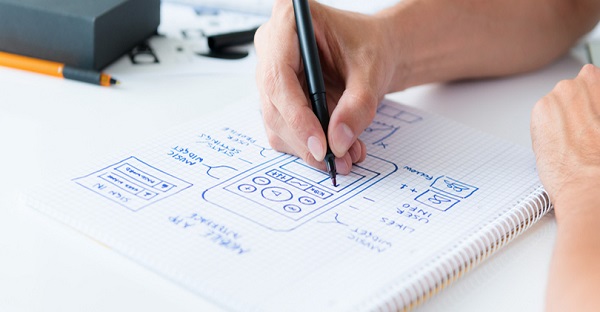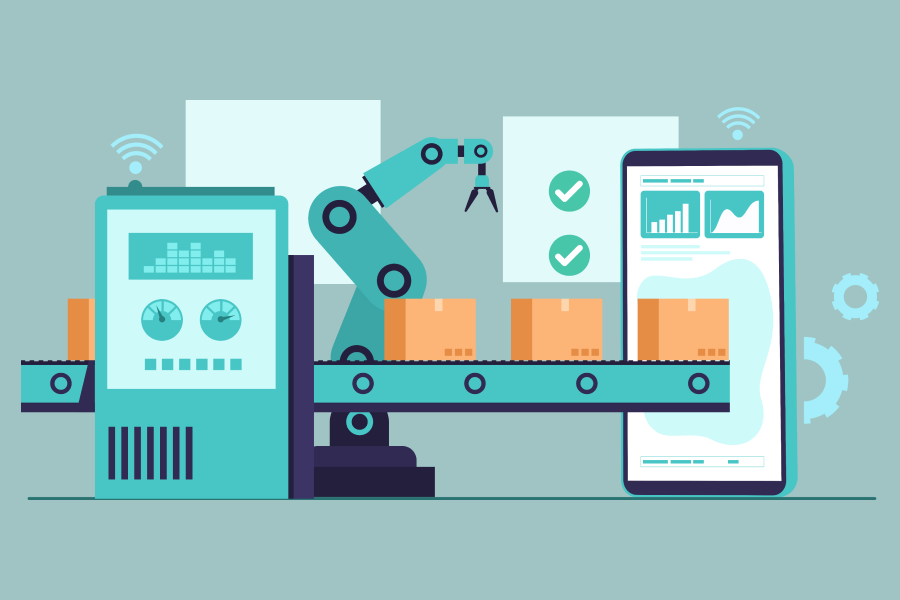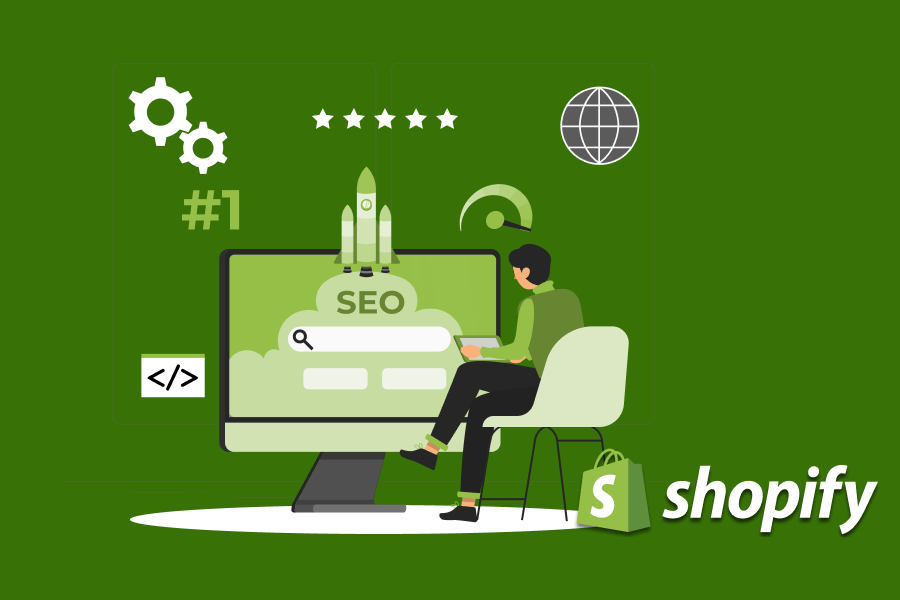One of the most essential steps that you absolutely must take, while starting on your business, is to create a proto-type. Creating a prototype is essentially a rendered model of your vision. Making a prototype helps you in establishing a certain amount of initial direction for your vision. Creating prototypes also allows you with the creative freedom to explore ideas and an opportunity for insights to emerge, creating the much necessary chaos for the clarity to emerge. The kind of product prototype that you will make will largely depend on the resources that are available at your disposal and the budget that you have set for yourself.
A prototype has several advantages, some of which we will discuss below:
It allows you to set the first challenge for your business potential:
There is a huge difference between your idea in theory and the practicality of the idea in itself. This can only be tested only when you actually put your idea out there and understand the potential flaws in your design idea. Creating not just one prototype but multiple ones, branching out from the same initial idea, will put you in a much more dynamic position when you actually put your product out there. Creating multiple prototypes also gives you an understanding of the depth of your product and what you can do to tweak the design idea in itself.
An opportunity to test out various materials
This is a huge opportunity for you to test out the materials that you thought would work but might not in the long run. For example- when you are creating your idea, you might be considering metal as a raw material, however, until the time that you test it out, you will not know whether it is metal or perhaps a cheaper, a more low-grade, durable material that could turn out to be a better option. Prototyping gives you the opportunity to try this out, before you jump to your final decision.
Prototyping helps with description
Prototyping allows you the knowledge and the experience to describe your product effectively to your customers, your marketing team and all the other stakeholders that are involved in your business.
It helps you in building credibility
When you go to a potential investor or to any other professional with a prototype in hand, rather than a vague idea, it shows a certain amount of credibility and conviction in your idea, as opposed to you going to someone with just an idea on a paper. As you do this, you give the impression that you are already in the works of building a brand identity and shows a certain amount of intent In actually building the product.
Building a prototype
Now that you know why it is important for you to build a prototype, we can move on to the next step of actually understanding the process of building one.
The idea behind building a prototype is to keep your process as fluid as possible and know that building a prototype comes with its own sets of challenges and is a period of intense exploration and discovery. So, one thing to tell yourself, as you build this prototype is to keep the process fluid, dynamic and most importantly, allow for mistakes and screw-ups to emerge in the process, as they will be great learnings in the future. Have a starting point while you are building your prototype and an end which would be defined by deadlines that you will set for yourself, and let the middle be a period of amazing discoveries.
Create a sketch or a detailed diagram of your prototype
The first step as you are building your prototype is to have a sketch or a diagram which is also referred to as a proof of concept in industry terms. The objective behind this sketch is to capture as many versions of the idea in a visual manner. The concept sketches usually emerge in two different ways:
- A design sketch which shows how the product will appear after completion
- A more refined, detailed and technical sketch which will depict the product’s materials, dimensions, scale of the product etc.
Sure, now with digital technology pretty much overtaking every aspect of business, software sketches would be a great way to showcase your prototype, however, if your have your prototype on pen and paper, it would be an even better idea. As mentioned before, you are at a stage where you can afford to experiment, so don’t be afraid to take risks.
A 3-D Visualisation
One thing is to show your product on pen and paper and the other thing is to create a 3-D model of it. A 3-D visualisation will allow your clients a better opportunity to visualise your product better. You can also the 3-D visualisation software to print a copy of it. One of the better things about this process is, that 3-D visualisation now comes, coupled with Augmented Reality an you can use Augmented Reality to create a more unique experience for your customers.
Create a proof of concept
As mentioned before as well, it is extremely important to create a proof of concept for your idea. If you have already opted for a 3-D visualisation of your prototype, then it will not make a difference, however, if you have not opted for that, then it is important to have a proof of concept represent your product. This will be determined by a number of factors, if your product is complex. The important thing to remember here is that your prototype does not have to look good, but instead, should be workable enough where it is able to communicate the idea that you are working towards. There are many people who have used household-products and other extremely cheap material to display their initial proof of concept.
Now, once you have your proof of concept and the 3-D visualisation of your model, you can work towards building your prototype, which can be called the first invention idea. This particular prototype should be an extremely detailed version of your prototype and should contain all the minute details that will be a part of your final product. As you enter this stage, you might want to work with a prototype designer that is specialised in this process, to make the transition smoother and faster for you.
The final step in this, would be the step that is just one-short of the final production stage. This is the production-stage prototype and it is necessary to create this in order to apply the final tweaks of your product and get it ready for the production-ready state.
This is also the stage where you will be doing your cost and feasibility analysis. This means that you will be making changes in your design prototype as per what is feasible for the production stage of your business. You will have to go through each and every part of the prototype to find out the different ways in which you can cut the cost, without compromising on your initial vision and the functionality of the product. This is also the same period that you will be looking at the product’s aesthetics and durability.
Because you are in the pre-production stage, this is also the period where you will have to take the help of a manufacturer to ensure the materials that you have chosen, will be available for the entire duration of your production life-cycle.
Conclusion
In conclusion, the prototyping process can be an extremely challenging stage of your business, however, it is also the period where you will learn the most. Where you understand different aspects of the business, right from creation to production to manufacturing and it is also the period where you will get most feedback, from all the stakeholders of your business. It is important to keep yourself focused on your vision, during this time and be clear in that, otherwise it is easy to get side-tracked and side-tracking on your idea during the prototyping process can be a dangerous one, as it can result in a serious loss of time and resources.
So, while you are working on your prototype, it is also beneficial to define a schedule of exploration while also defining a deadline, keeping constant checks on your progress in terms of meeting your targets and to ensure that you are still on track.
The biggest takeaway from a product prototyping process is to have fun and really take in the excitement and the rush attached to building a product from scratch.

 Web and Full Stack
Web and Full Stack CMS and Frameworks
CMS and Frameworks Online Marketing
Online Marketing Cloud Services
Cloud Services ECommerce
ECommerce Mobile
Mobile



